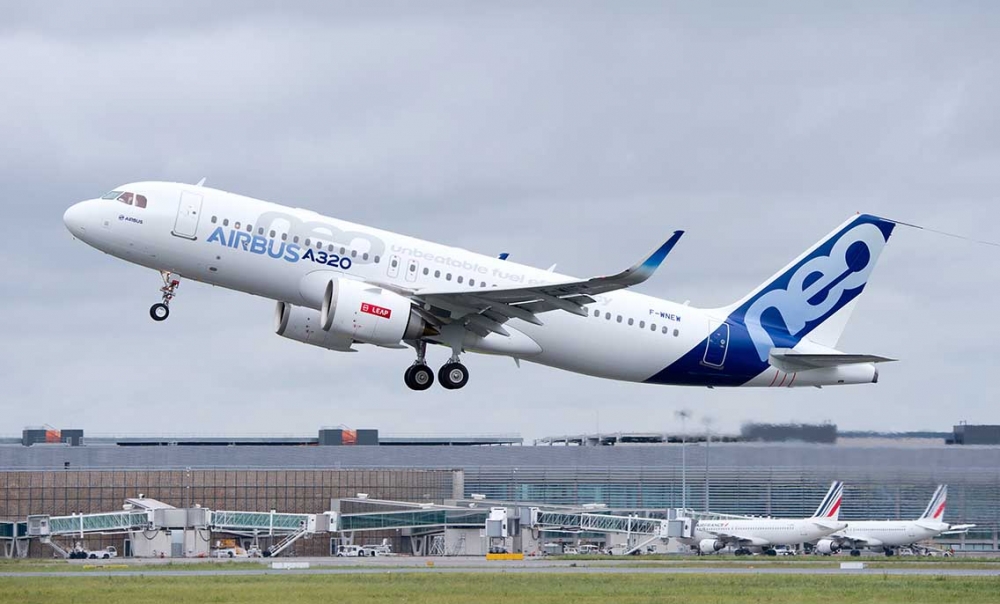Airlines need bigger profits!
19 February, 2016
4 min read


Despite record results airlines are only just exceeding the cost of capital and need to make even bigger profits to buy both new aircraft and in the longer term launch new types that will be far more comfortable, provide genuine and sustained reductions in air fares and cut engine emissions.
The airline industry is forecast to make a record 5.1 per cent profit this year - or US$36.3 billion - and achieve a return on capital of 8.6 per cent just above the cost of capital of 7 per cent.
This level of profitability is historic after years of destroying capital which has led to hundreds of airlines either going into bankruptcy, Chapter 11 protection (US) or being forced to merge.
According to the International Air Transport Association (IATA), “achieving returns that barely exceed the cost of capital means that airlines are finally meeting the minimum expectations of their shareholders. For most other industries this is the norm and not the exception.”
Over the past 40 years the airline industry on average has only made about 1.5 per cent net profit.
However the stark reality is that with airlines expected to carry 3.8 billion passengers this year it means they will make on average less than US$10 a passenger profit.
IATA Director General Tony Tyler is absolutely right when he describes this as “fragile rather than sustainable.”
Putting the airlines’ forecast record result of 5.1 per cent into perspective, the world’s 15 most profitable industries according to financial information company Sageworks (published on Forbes.com) are:
Accounting (19.8 per cent net profit); Legal (17.8); Oil and Gas (16.4); Machinery rental and leasing (16.4); Dentists (14.9); Real estate lessors (14.1); Doctors (14.1); Real estate agents (14.1); Other health practitioners (12.1) Management of companies (12.6); Outpatient care (11.7); Schools (11.3); Activities related to real estate (10.8); Death care services (10.7) and Support of mining activity (10.4).
Airlines need bigger profits to both pay long suffering shareholders dividends and order new aircraft. Australia’s Qantas for instance only started to pay shareholders a dividend this financial year after a five year drought.
Designs such as the Boeing 787 and Airbus A350 are about 25 to 30 per cent more economical to operate than the aircraft they replace yet many airlines have been holding back on orders because of a lack of profits.
More importantly Boeing and Airbus need in the long term to replace the 180-seat 737 and A320 designs that were designed many decades ago.
Continuous upgrades of both types have seen significant reductions in fuel consumption and other efficiencies but that is not as good as a clean sheet design.
And that clean sheet design would also significantly increase passenger comfort.
But launching a new type costs Boeing or Airbus at least US$10 billion and big orders for airlines are essential to getting these off the drawing boards.
In 2011 Boeing launched the latest upgrade of the 737 – the MAX – but while the company wanted an all new design – the 797 - the airlines said no we can’t afford it.
Claims by some consumer groups in the US that flyers are being ripped off are absurd.
Travel has never been cheaper in real terms or compared to average weekly earnings.
For example in 1965 when domestic pure jet service (Boeing 727) in Australia was a few months old, a year’s salary would have purchased nine return flights across the country (Perth to Sydney) – today that number is almost 200! That comparison is true across the globe.
Certainly there is a lag between airlines making sustained reasonable profits and buying new aircraft or re-introducing creature comforts shelved during decades of lean times.
But many airline boards worry that the current profitability will quickly fade as oil prices start to rise again.
IATA’s Mr Tyler was warned that airlines should “enjoy the [current] trading conditions while they last but not get used to them.”
Get the latest news and updates straight to your inbox
No spam, no hassle, no fuss, just airline news direct to you.
By joining our newsletter, you agree to our Privacy Policy
Find us on social media
Comments
No comments yet, be the first to write one.


